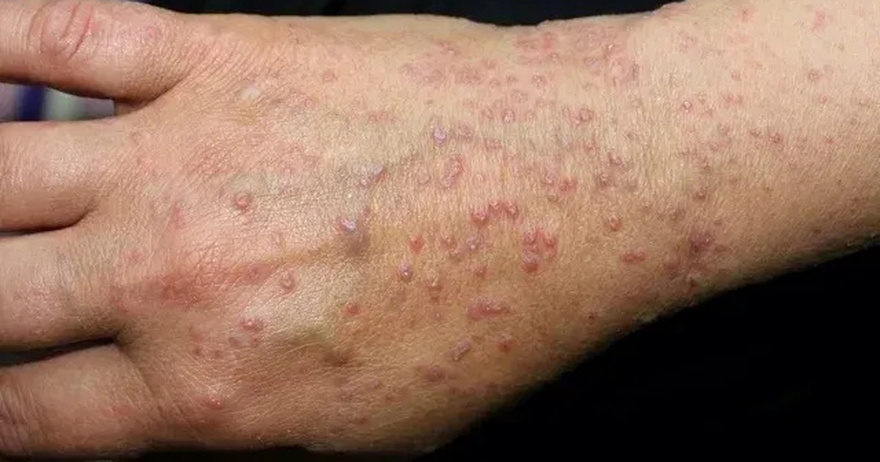If You Have These Tiny Red Dots On Your Arm, Do Not Ignore The Warning Signs
One of the most frequent causes of small red dots on the skin, especially on the arms and hands, is scabies. Scabies is a skin infestation caused by microscopic mites that burrow into the skin, leading to irritation, red bumps, and intense itching.
What is Scabies?
Scabies is caused by the Sarcoptes scabiei mite, which digs into the skin’s upper layers. The mites lay eggs as they burrow, triggering small red bumps, often accompanied by a rash and extreme itching.

How Does Scabies Spread?
Scabies is highly contagious and spreads through direct skin-to-skin contact. It’s commonly transmitted in places like schools, dorms, or care facilities, where people are in close contact. Shared clothing, towels, and bedding also facilitate its spread, especially in communal living setups.
Symptoms: Is It Scabies?
Tiny red dots alone don’t confirm scabies, but several symptoms can help you recognize if these spots could be due to scabies:
Intense Itching: One of the most prominent signs of scabies is severe itching, which usually worsens at night.
Rash and Blisters: The red dots may evolve into a clustered rash or blisters, commonly around the wrists, elbows, armpits, and other skin folds.
Track-Like Burrows: The mites create tiny, wavy lines under the skin that appear as raised, thin lines, often near the red dots.
Skin Sores: Excessive scratching can lead to sores, increasing the risk of bacterial infections.
If you experience any of these symptoms, seeking medical advice promptly is essential.
Why Scabies Outbreaks Are Rising
Reports show an increase in scabies cases, particularly in certain areas. Professor Kamila Hawthorne, chairwoman of the Royal College of GPs, notes that outbreaks have surged by 100% in some regions. Although scabies isn’t life-threatening, untreated cases can lead to complications like secondary infections.
Why the Sudden Increase?
This increase may be due to factors like more frequent social interactions, crowded living conditions, and delayed medical treatment due to stigma around scabies.